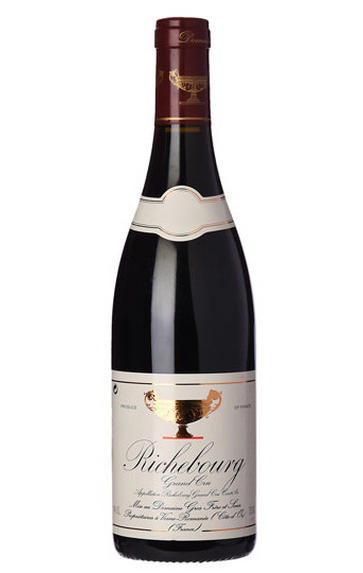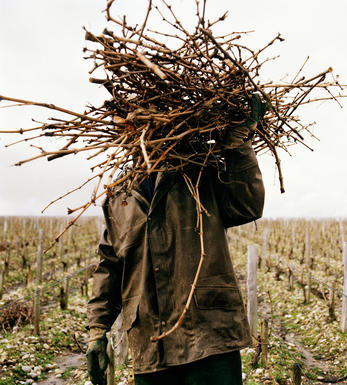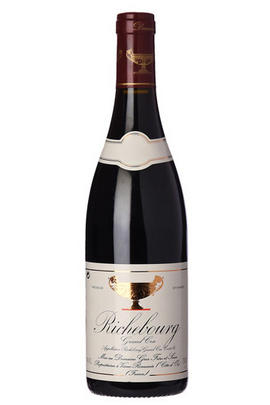
Critics reviews
Allen Meadows - burghound.com - Jan 2008
About this WINE

Gros Frere et Soeur
The famile Gros has been producing wine in Vosne-Romaneé for over 160 years. Domaine Gros-Renaudot, as their domaine was known as, included significant holdings in the Grand Crus of Richebourg, Clos de Vougeot, Grand Échézeaux, and Échézeaux.
In 1963 the Estate was divided into 4 parts, and 2 of these were combined to create Domaine Gros Frère et Soeur. The domaine is run by Bernard Gros, one of Jean Gros’ children, though the name and the holdings come from Jean’s brother and sister, Gustave and Colette Gros.
A significant portion of the estate has been replanted relatively recently, from the mid-1980s onwards, when Bernard took over from his uncle Gustave, which explains the declassification of some of the grand cru holdings into lesser appellations, and the use of the must-concentrating machine shared with Domaine Michel Gros.
The wines are vinified in cement vats and are then matured in oak casks (100% new for the Grand Crus, and 50% for the Premier Crus). New oak is used lavishly imparting a glossy overlay to those wines with enough fruit to stand up to this treatment. The wines tend to be deeply coloured, richly aromatic on the nose and full-bodied on the palate.
Jasper Morris MW, Burgundy Wine Director and author of the award-winning Inside Burgundy comprehensive handbook.

Pinot Noir
Pinot Noir is probably the most frustrating, and at times infuriating, wine grape in the world. However when it is successful, it can produce some of the most sublime wines known to man. This thin-skinned grape which grows in small, tight bunches performs well on well-drained, deepish limestone based subsoils as are found on Burgundy's Côte d'Or.
Pinot Noir is more susceptible than other varieties to over cropping - concentration and varietal character disappear rapidly if yields are excessive and yields as little as 25hl/ha are the norm for some climats of the Côte d`Or.
Because of the thinness of the skins, Pinot Noir wines are lighter in colour, body and tannins. However the best wines have grip, complexity and an intensity of fruit seldom found in wine from other grapes. Young Pinot Noir can smell almost sweet, redolent with freshly crushed raspberries, cherries and redcurrants. When mature, the best wines develop a sensuous, silky mouth feel with the fruit flavours deepening and gamey "sous-bois" nuances emerging.
The best examples are still found in Burgundy, although Pinot Noir`s key role in Champagne should not be forgotten. It is grown throughout the world with notable success in the Carneros and Russian River Valley districts of California, and the Martinborough and Central Otago regions of New Zealand.



Buying options
Add to wishlist
Description
A potent but very reserved, indeed almost backward mix of wood spice, Vosne spice, earth, smoke, animale and gorgeous black berry fruit aromas blend into rich, full and wonderfully deep flavors that are supple and not as concentrated as those of the GE but there is no lack of mid-palate fat to buffer the somewhat austere and firmly structured finish. I like the balance here and there is really good depth of material that is presently robust but hugely long and this should make for a most impressive wine in 12 to 15 years.
Allen Meadows - burghound.com - Jan 2008
wine at a glance
Delivery and quality guarantee